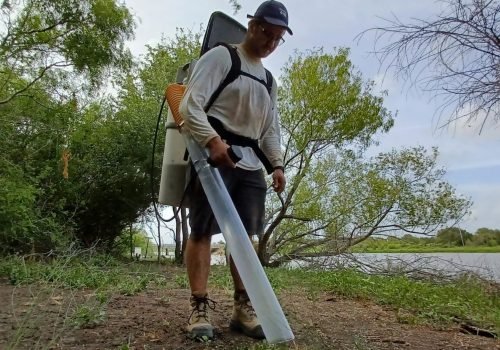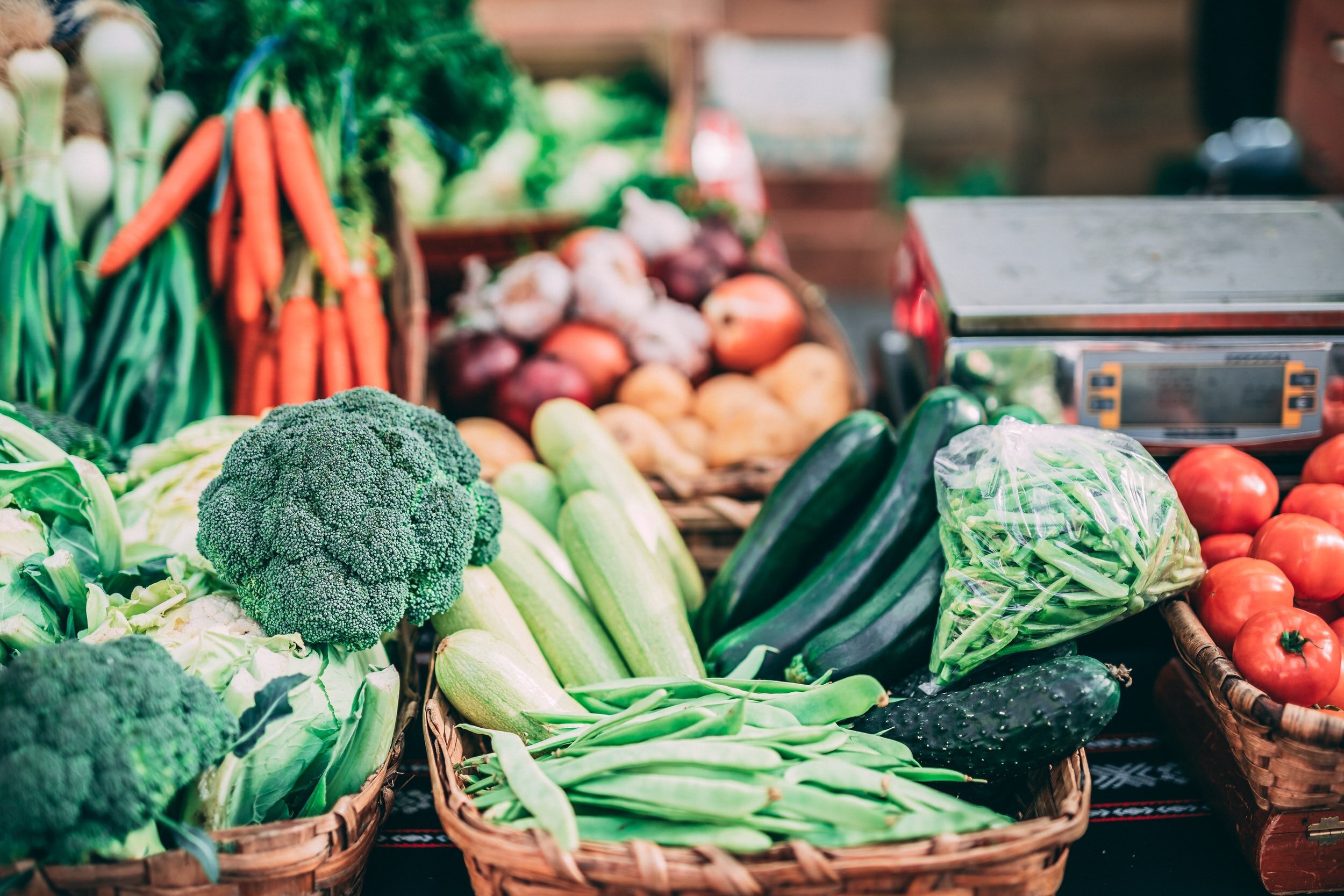Why are Old Growth Forests Important?
The past few years have revealed the plight of forests globally, with slash-and-burn deforestation for agricultural land, reckless and unsustainable logging practices, and wildfires ignited by dry conditions exacerbated by the increase in global temperature. It has become more evident than ever that we need to stand up and fight for our forests. From the rainforests of the Amazon to the coastal temperate rainforest on the West coast of Canada, the fate of our magnificent trees is at stake.
Here at A Greener Future, we are advocates for litter cleanup and prevention and education about plastic pollution. As water protectors and environmental activists, we also stand in solidarity with defenders of old-growth forests.
What is an old-growth forest?
Old-growth forests are mostly made up of ancient trees (often several hundred years old) and have been shaped by natural weather and climate events over many, many years. They are also called “primary,” or “virgin” forests, and contain several native species. Old-growth forests show few signs of damage from human activities. These forests are complex ecosystems that have formed over several hundred years. The forests, themselves, may be significantly older than the oldest trees!
What’s happening close to home?
In the summer of 2020, protests began at the Fairy Creek watershed on Vancouver Island hoping to prevent logging in this ecologically significant area. This old-growth forest is situated on Pacheedaht First Nation territory. By September of 2021, the Fairy Creek protests became the largest act of civil disobedience in Canadian history. Protestors have been documented sitting in tall makeshift tripods and situated under tarps with their arms chained inside metal tubes lodged in the soil.
In this area, incredible trees, such as cedars, hemlock, and Douglas Firs, have been cut down at an unsustainable rate by the logging industry. At this point, only 2.7% of high-productivity old-growth remains in British Columbia. The existing forestry inventory model in B.C. is deceptive, as it defines old-growth trees as those that are 250 years and older, which does not show the difference between old and ancient trees, which are 1,000 plus years in age.
Image from the Fairy Creek Blockade Twitter
There are many layers of complexity to this particular environmental fight. Fairy Creek isn’t just about defending trees; it encompasses many issues within the political realm, such as climate change, Indigenous self-determination, policing, and economic growth in the region.
Why old-growth forests are important
Forests with old-growth trees are rich in biodiversity and are a habitat for a myriad of species. They provide nutrients to the soil and surrounding life as they decompose. Old-growth trees have tough, thick bark and extensive root systems, which help prevent erosion, landslides, flooding, and slow the spread of forest fires.
Not only are forests incredible at protecting the surrounding lands, but they are an integral part of the water cycle. Trees absorb moisture in the ground and release it through the act of transpiration, which affects rainfall and temperature. The water vapour released in transpiration forms clouds, and these attract clouds further up in the atmosphere, combining to bring rainfall back down to the land. Trees also aid in guiding rainwater into rivers and streams through their connection to runoff and groundwater flow. They also slow rainfall with their foliage and layers of fallen leaves and organic materials, thereby sheltering the soil.
Image from Vogue
Carbon sequestration is one of the most critical reasons to keep old-growth forests intact. The trees absorb carbon and store it in their trunks, branches, leaves, roots, and in the soil. The larger the tree, the more carbon it can store. When they are logged, the stored carbon is released. When we’re currently experiencing the effects of excess carbon, it does not make sense to actively release more carbon into the atmosphere.
Old-growth forests are not a renewable resource, as they take so long to develop. Due to the short rotation ages and forestry management regimes practiced in British Columbia, they will never become old-growth again: some of the trees are 1000+ years in age, and the forests are logged every 30-80 years.
Image from Vogue
The destruction of old-growth forests is causing irreparable harm. It is time to stop putting resource extraction and economic growth above people and the planet. We need to treat nature with more reverence and form a relationship of reciprocity. To quote the environmental activist and natural historian David Attenborough: “The fact is that no species has ever had such wholesale control over everything on earth, living or dead, as we now have. That lays upon us, whether we like it or not, an awesome responsibility. In our hands now lies not only our own future, but that of all other living creatures with whom we share the earth.” It is our moment to stand up for the natural world, to which we are inextricably linked.
Help us take a stand for our planet by registering with A Greener Future’s volunteer programs!






















Blog Assistant